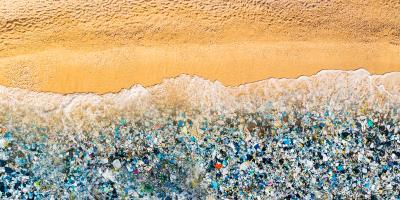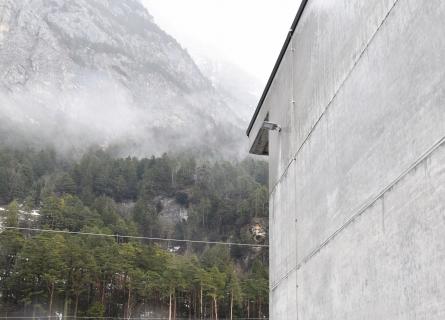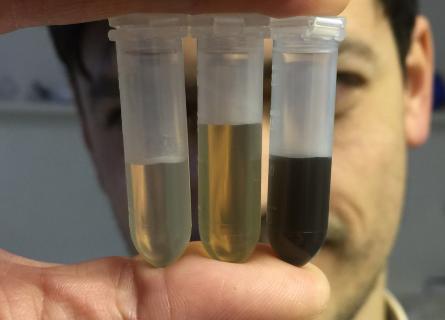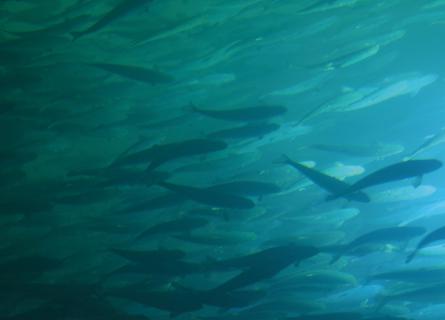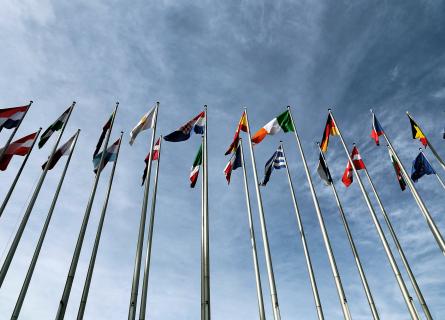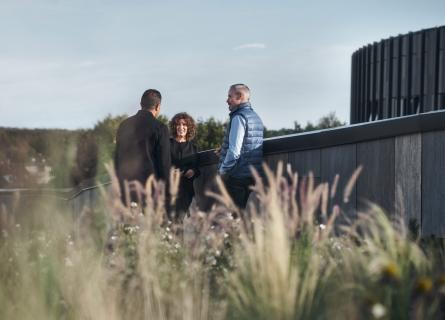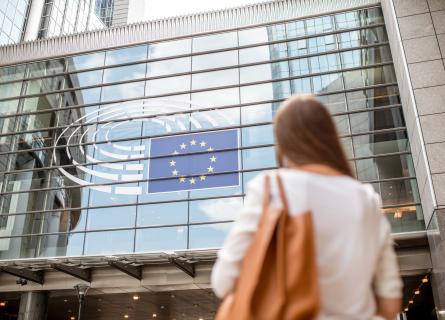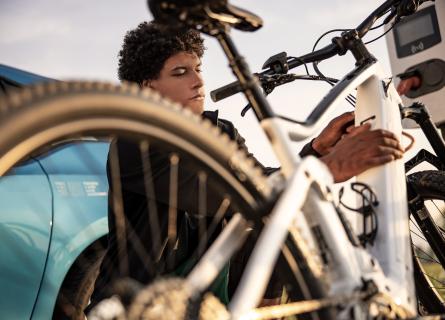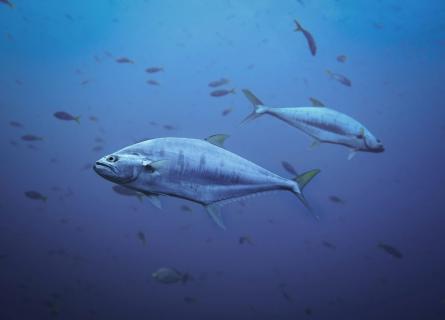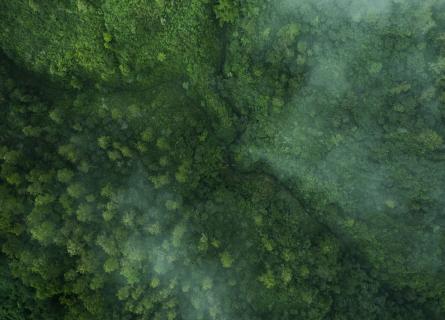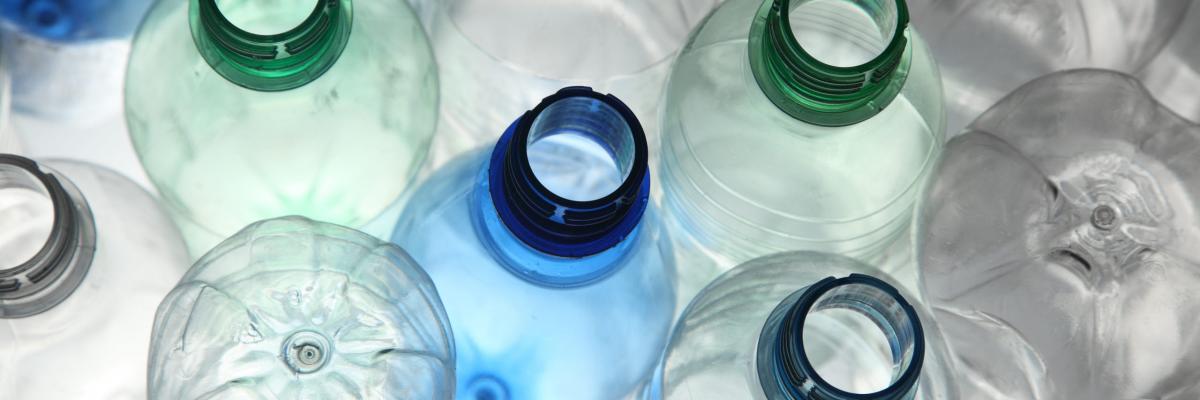
Circular economy
Circular business models are key contributors to businesses’ sustainability strategies.
By using resources in a smart way, circular economy enables companies to improve operational efficiency and reduce costs whilst also addressing customer needs. It also helps tackle societal risks, including climate change, biodiversity loss, resource scarcity and pollution.
- What is a circular economy?
- Why do we need a circular economy?
- What are the benefits of a circular economy?
- How do you create a circular economy?
In a linear economy, a lot of resources are used in the different steps to create products and services – these resources can be materials, natural resources and energy used in the process. Once the item has been used, the entire product is thrown away, and all the resources that were used to make it are lost.
In contrast, the main goal of a circular economy is to preserve the resources that have been invested through the different steps of creating the product – both in terms of preserving the materials, natural resources and components, and the energy that was used to make them.
This can mean simply reusing the original products and materials as many times as possible or renovating them for resale. But strategic solutions could also result in innovative business models, for example, the many new subscription-based services where many people share or lease the same products.
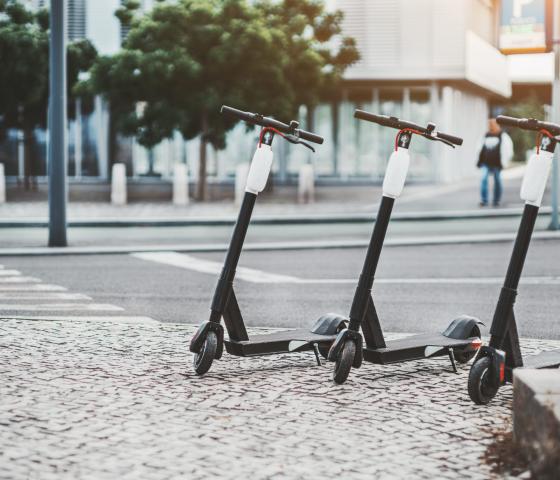
A circular economy is a highly effective way of addressing the crises facing our planet in terms of climate change, biodiversity loss and pollution.
As a result, new policies are being developed which promote circular economies. These policies range from the organizational level (e.g. EU Taxonomy) to the product level (e.g. Ecodesign Regulation). Therefore, all stakeholders from businesses, developers, investors, city governments and public institutions need to meet the new regulatory demands and develop their circular strategies.
In addition to the positive impact on the climate and environment, there are many benefits that can lead to economic growth and competitive advantage.
Costs that are invested into raw materials in production reduce the cost of materials for the business’s future manufacturing. At the same time, future access to these resources is being safeguarded as resources may become scarcer.
Customer satisfaction is also improved, and not just because of benefits to the company’s brand. Businesses have a better connection with the user as they need to be in dialogue throughout the product’s lifetime and not just at the point of purchase. This would create opportunities to provide further information about the company’s products and services, and as well as opportunities to develop new business strategies and models.
Moving from a linear to a circular economy requires whole system thinking and a holistic approach to operations.
There are three circular economy principles 1 :
- Design out waste and pollution wherever possible
- Keep products and materials in use for as long as possible
- Regenerate natural systems
When creating a circular economy, existing business models and value chains should be assessed. The current circular economy performance can be evaluated based on selected indicators, such as circular economy business models and strategy, material efficiency, water efficiency and energy efficiency. A risk assessment of the supply chain from a sustainability perspective is also a useful way of assessing circularity.
Ecodesign is a tool which can be used when designing products and services to make them have the lowest possible environmental impact throughout their lifecycle. The product’s sustainability performance is improved by considering the product development process and the environmental aspects of all components and materials throughout its entire lifecycle (raw materials, production, manufacturing, transport, use, and end-of-life).

On-demand webinar: Exploring the Utility Storage Battery Supply Chain
How AFRY's circular solutions advisors can help
We can accompany you through each step of your business process to find new economic opportunities and increase customer value. AFRY’s circular economy consultants' vast expertise in interconnected sectors in industry, energy, and infrastructure can provide both the technical knowledge and the holistic view needed in the transition.
We can support you in:
- New business models
- Lean production methods
- Sustainability performance of products and processes
- Utilization of side streams
- Designing products that fit into circular systems
- Prolonging the lifespan of products
- Circular equipment and buildings
- Setting up reverse logistics and take-back-schemes while enabling reuse, repair, remanufacturing and recycling
Our services include:
- Strategies and roadmaps
- Business models and ecosystems
- Value chains and networks
- Industrial symbiosis
- Business potential evaluation
- Alignment with regulations
- Evaluations of programs/strategies
- Governance models and policies
- Digital solutions to enable a circular economy
- Market studies
- Alignment with EU Taxonomy, Ecodesign directive and other regulations
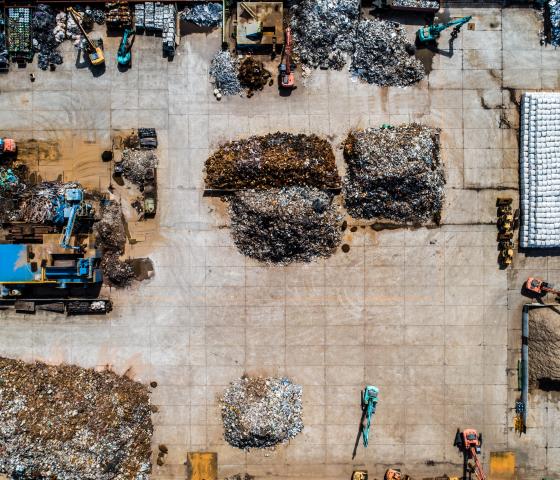
- Designing products, processes, and services
- Ecodesign principles
- Concepts for different sectors (e.g., construction, manufacturing, automotive, food and pharma)
- Packaging design and strategies
- Material analysis and identification of alternatives
- Life Cycle Assessment and Environmental Product Declarations (EPD)
- Training and lecturing
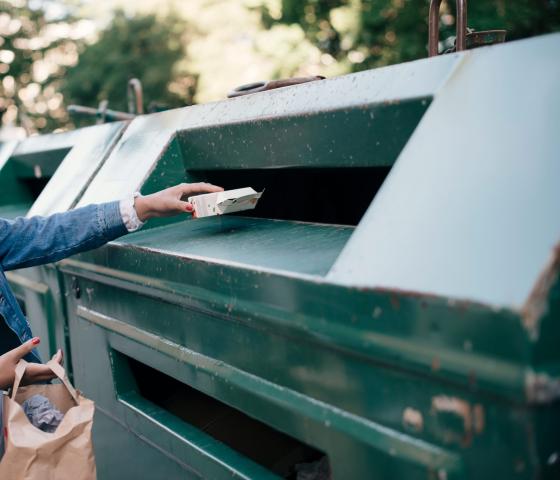
- Performance assessment
- Screening
- Life Cycle Assessment
- Carbon Footprint calculation
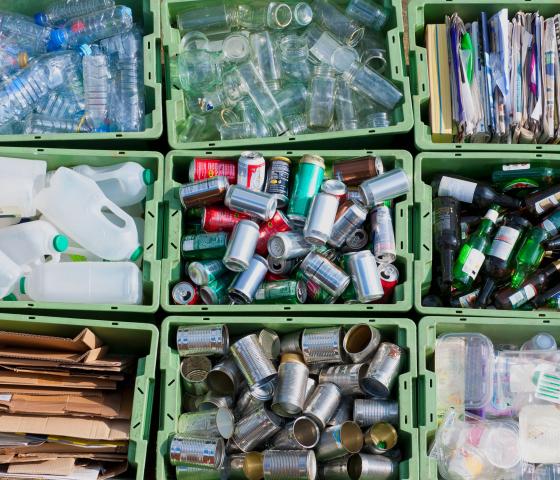
- Energy and material efficiency audits
- Utilisation support for end-of-life materials, waste and side streams
- End-of-waste
- REACH registrations
- Permitting procedures
- Reuse of construction and demolition waste
- Waste minimisation and waste management
- New business models
- Sharing, leasing, reusing, recycling
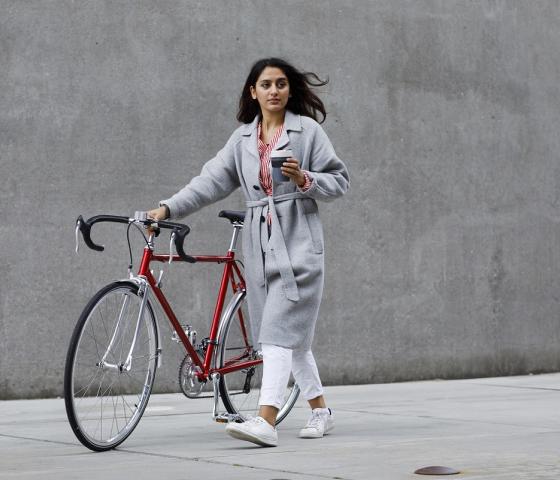
Footnotes
- 1. Source: Ellen MacArthur Foundation a↩
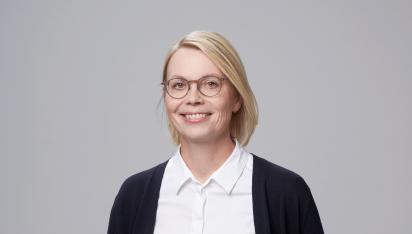
Interested in our offering? Contact us!
